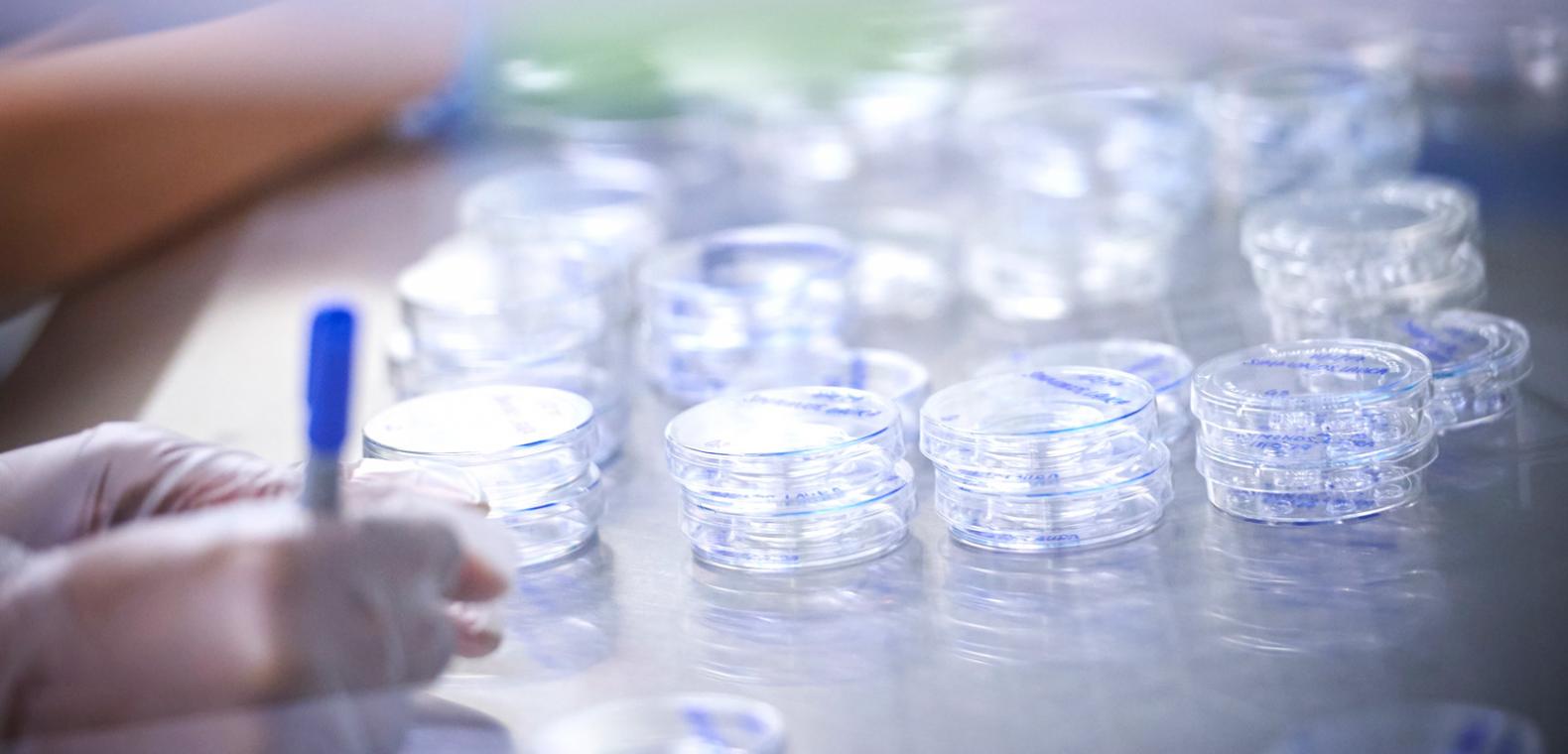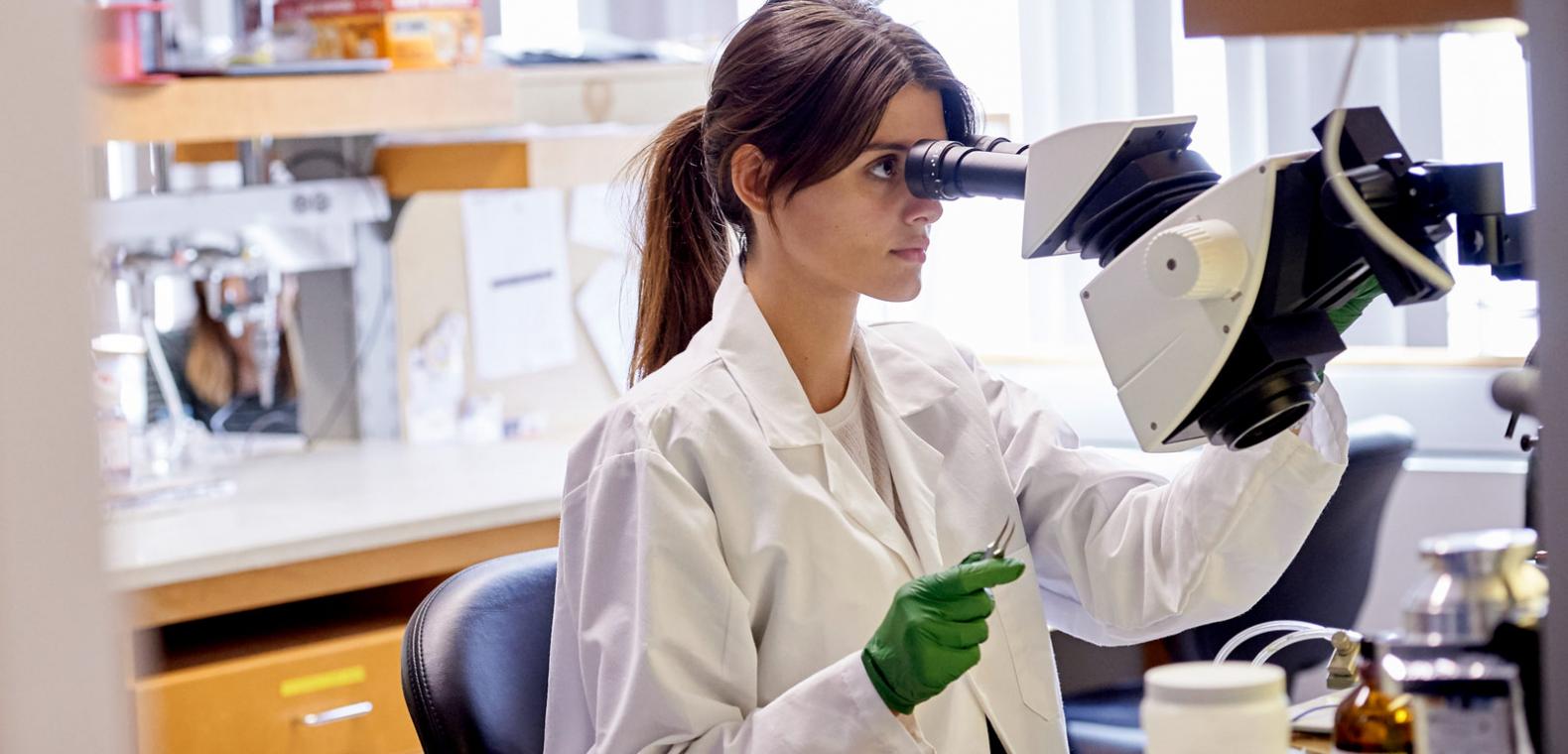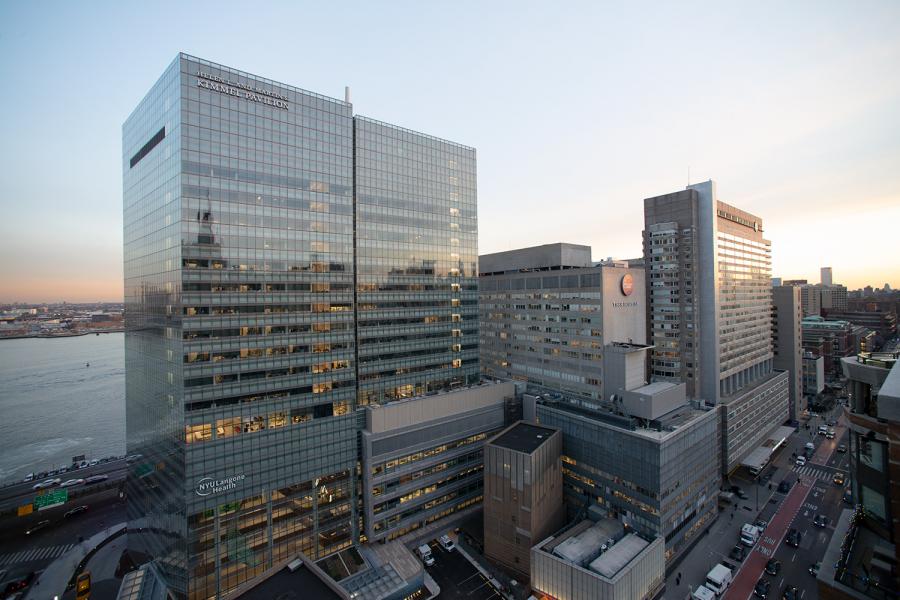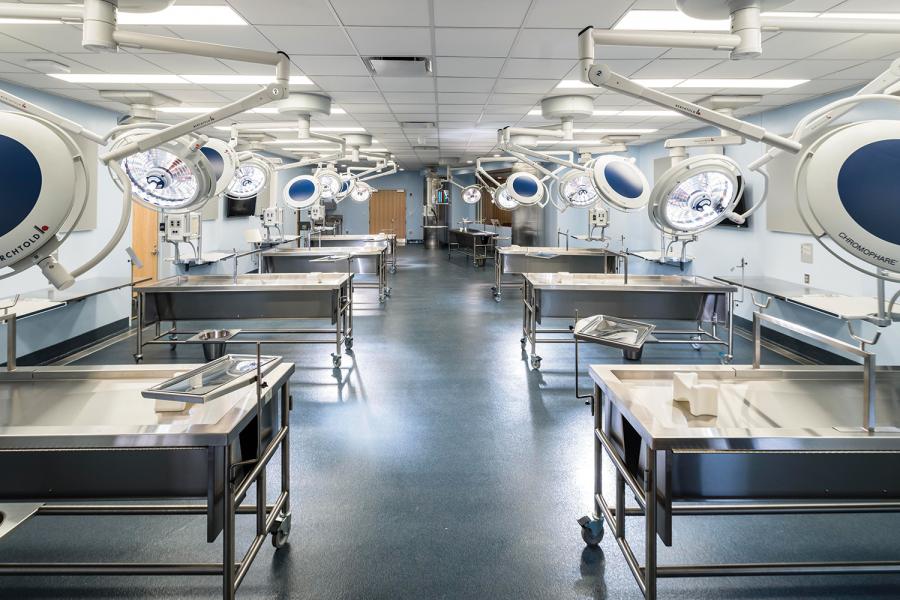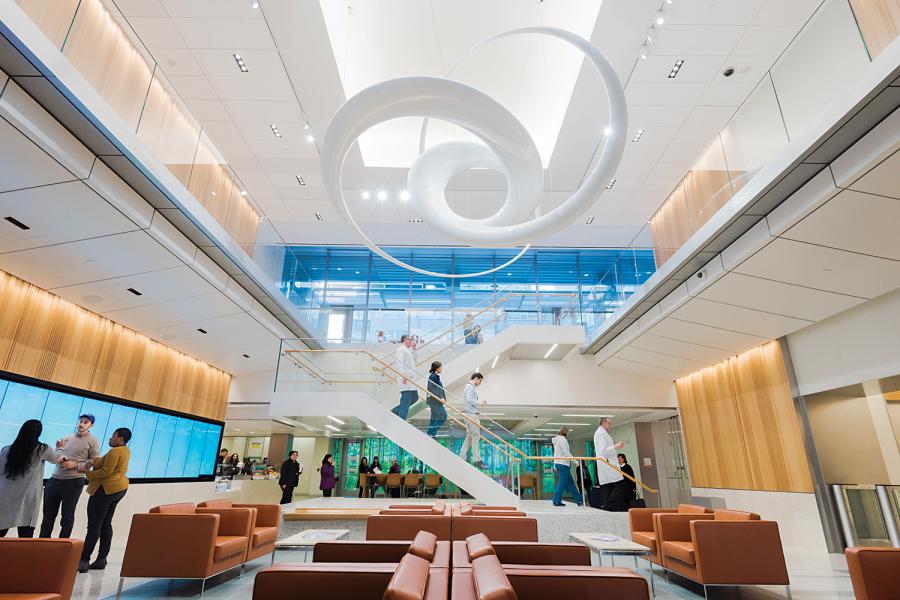
Research Facilities
At NYU Langone Health, our modern research facilities enable investigators, faculty, clinicians, and students to tackle challenging biomedical problems by providing them with access to the facilities, technologies, and services they need to conduct groundbreaking research.
Our facilities feature a range of research environments, including laboratories and computational and clinical research spaces. Most of our research facilities, including individual and shared laboratory spaces, are located on or near our main campus at NYU Langone Medical Center in midtown Manhattan, creating a unique environment in which researchers across departments and institutes are able to interact with one another without traditionally encountered barriers. As a result, our facilities foster collaboration that accelerates the translation of basic research to new methods of preventing, diagnosing, and treating disease.
Our wet laboratory research facilities are highlighted here.
Biomolecular Research Laboratories
The Biomolecular Research Laboratories building, located at 540 First Avenue, has over 60,000 square feet of research space, which includes three floors of open-plan laboratories and support facilities, shared resource laboratories, meeting rooms, and office-based research spaces. The Department of Cell Biology and the Institute of Regenerative Medicine are the largest occupants of the new building, with 20 individual labs.
This building includes space for new interdisciplinary programs focused on addressing unmet medical needs through the marriage of basic and translational biological research with advanced instrumentation, cutting-edge computational biology, and bioengineering.
Science Building
NYU Langone’s Science Building encompasses 16 stories and 365,000 square feet, including 10 floors of open and adaptable laboratory space. Its integrated and innovative design accommodates a variety of approaches to biomedical research, promotes multidisciplinary investigations across research teams, and supports the bridging of basic and translational research.
The new facility brings together leading researchers from different disciplines across the NYU Langone research portfolio, including neuroscience, neurology, systems genetics, computational medicine, cardiology, psychiatry, anesthesiology, rheumatology, and endocrinology.
Its world-class laboratory setting features core facilities, modern wet lab space, a vivarium, conference spaces, and public amenities, enabling researchers to convert ideas to dynamic research projects. In all of our labs, state-of-the-art technologies enhance safety and efficiency for our research teams, helping staff make the most of their time.
Located at 435 East 30th Street near FDR Drive, with a spectacular view of the East River, Brooklyn, and Manhattan, the Science Building is a cornerstone of our continued mission to advance research and education across campus.
The Science Building is a Leadership in Energy and Environmental Design (LEED) Platinum certified building and designed with sustainability in mind. Learn more about how the Science Building reduces its environmental impacts through design and operations.
Joan and Joel Smilow Research Center
Dedicated to translational research in fields including cancer biology, pathology, dermatology, radiation oncology, and biochemistry, the Joan and Joel Smilow Research Center encompasses 13 stories of wet lab space equipped with the latest instruments and technologies, plus shared conference and seminar spaces.
The facility is home to more than 40 multidisciplinary research teams, and serves as the main research hub for NYU Langone’s Perlmutter Cancer Center. Its open, customizable lab spaces encourage research teams to share resources and data.
Medical Science Building
As the first facility on campus dedicated to research, the Medical Science Building has a rich history of housing labs that have made breakthrough discoveries that have shaped modern medicine. Currently, with more than 80 faculty from 6 academic departments, the space supports investigators conducting advanced biomedical research in areas such as microbiology, neuroscience, cancer biology, stem cell biology, and developmental biology.
Modern seminar and conference rooms are available for graduate and research seminars.
Alexandria Center for Life Sciences
The NYU Langone research complex at the Alexandria Center for Life Sciences encompasses more than 150,000 square feet and is home to 450 of our faculty, staff, and students, as well as approximately 50 labs. Adjacent to other major research facilities at NYU Langone, the Alexandria Center hosts research programs in microbiology, infectious diseases, biochemistry, and cell biology. Also located in the Alexandria Center are core laboratories, a vivarium, an Animal Biosafety Level 3 facility, conference rooms, and support services.
